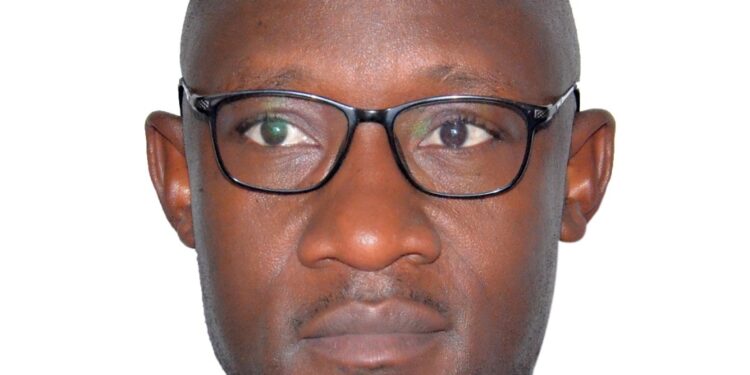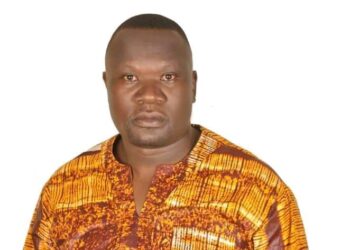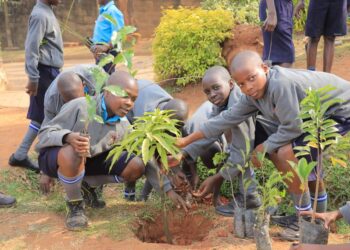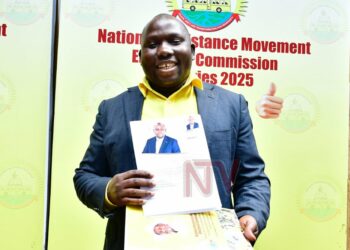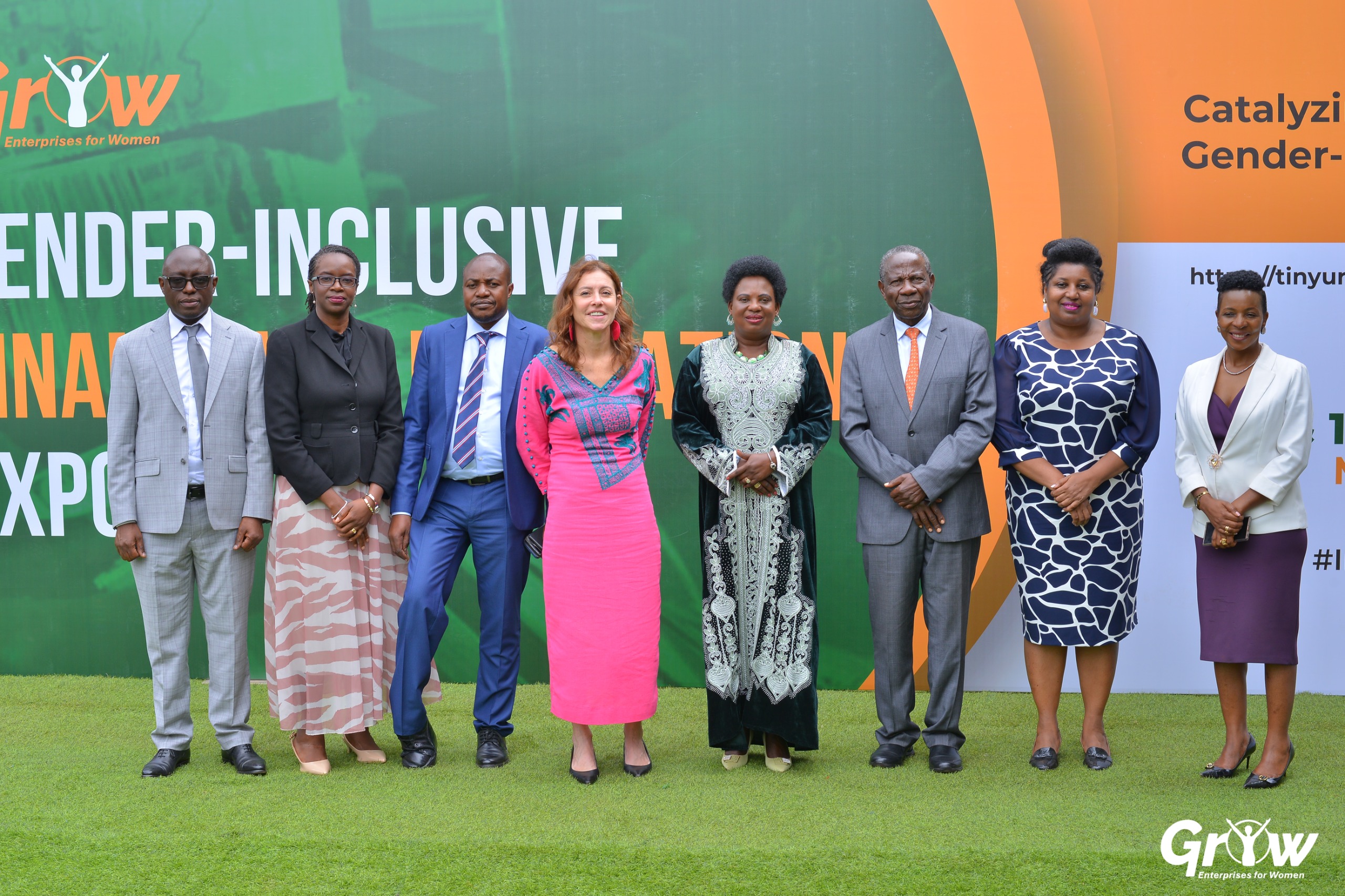In this article, I will show how climate change has become a pressing issue in Karamoja, putting people and their livelihoods at risk.
I will also inquire about the strategies that stakeholders in Karamoja have in place for the impending drought season from October to March. Nakalembe (2018) highlighted the concerns raised by several scholars regarding the climate change challenges faced in the Karamoja subregion. By climate change in Karamoja, I mean the changing temperatures that result in drought conditions.
Anyone who has ever been in Karamoja sub region during the months of October to March can attest to the meteorological, agricultural, hydrological, and socioeconomic drought (Nakalembe, 2018). Drought not only devastates agricultural livelihoods and lead to the loss of livestock but also results in severe food shortages, and the collapse of household and social structures (Mukisa et al., 2023). Furthermore, research indicates that due to climate change effects teenage girls are compelled to leave Karamoja for districts like Iganga and Jinja to engage in menial work in order to survival (Gray & Sundal, 2017).
Musubiika (2017) study, “Behind the Scenes of Street Begging” reveals that women and children migrate from Karamoja to Kampala to escape the continuous droughts that bring famine and suffering. Sundal, as cited in Musubiika (2017), adds that some of these migrants (girls and women) end up begging, working as maids, sorting beans, and sweeping mills, often being underpaid or not paid at all. Additionally, some Karimojong’s who relocate due to drought face discrimination and sometimes encounter hostilities. In the Karamoja study “Leaving Drought and Hunger Behind,” Haug (2014) explains that despite some interventions, the inhabitants of Karamoja continue to face extreme climate vulnerability.
The crucial question that arises is: what measures can be taken to protect the Karimojong from drought vulnerabilities and risks posed by drought? Wisner et al., (1994) proposed a theory on natural disasters, suggesting that people are only at risk when they are vulnerable and lack the capacity to withstand. I present a second question to stakeholders involved in climate change initiatives in the Karamoja Subregion. With June up on us, and just a few months remaining before the onset of the drought, what actions can be implemented to mitigate the risks and vulnerabilities associated with the upcoming drought season from October to March?
Ayub Mukisa (PhD)
Executive Director-Karamoja Anti Corruption Coalition (KACC)
Email.ayubmukisa@gmail.com
Do you have a story in your community or an opinion to share with us: Email us at editorial@watchdoguganda.com

